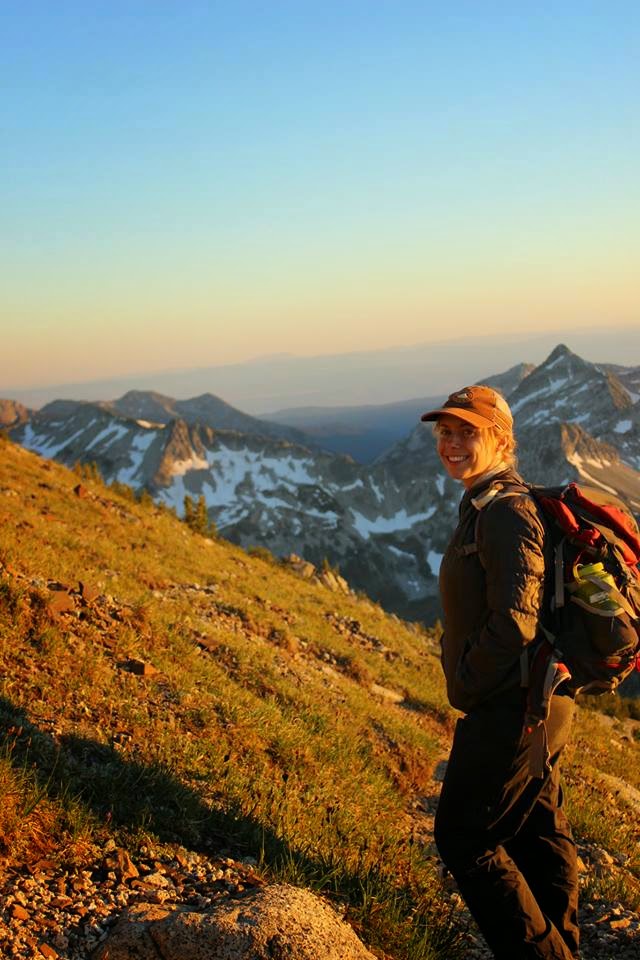Spending a summer in Dayville,
Oregon, probably doesn’t sound like much of a career-advancing opportunity
unless you study obscure small towns or farming (or fire - we had lots of those).
It’s deep in Eastern Oregon, so deep that it’s a 30+ minute drive if you want more
than the canned beans and melted men’s deodorant the only store in town has to
offer. The population is 145, but the age distribution is akin to a teetering, inverted
triangle - I saw an order of magnitude more rattlesnakes than I did people
under the age of 35. But Dayville is home to much more than cows and near-retirement
ranchers: it has huge exposures of millions of consecutive years of
fossil-forming layers of the Cenozoic and is a 15-minute drive from the world-renowned
John Day Fossil Beds National Monument. As a paleontology doctoral student
studying Cenozoic mammals, there’s no place in the world I’d rather be located
(also, I conveniently like rattlesnakes).

